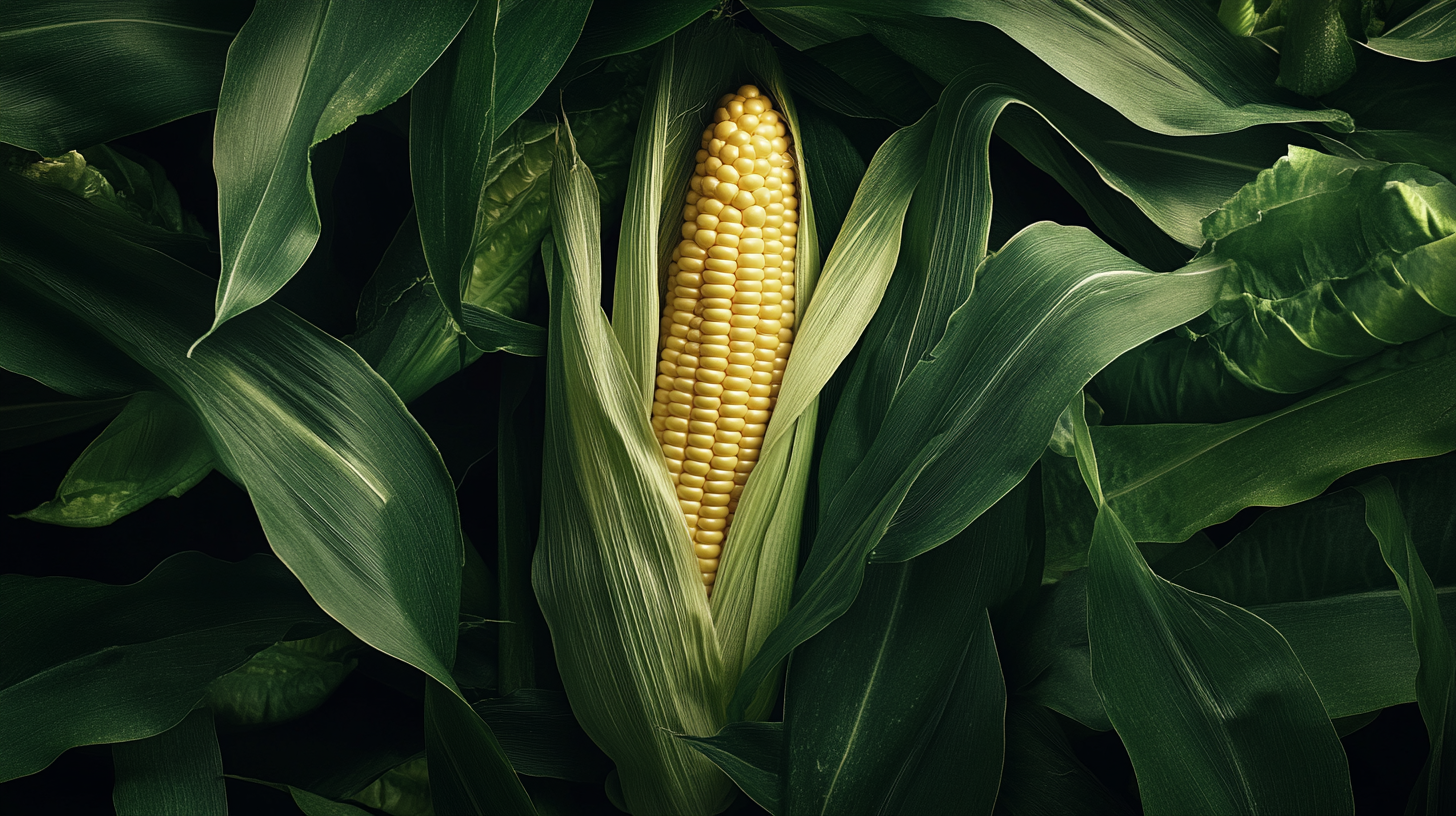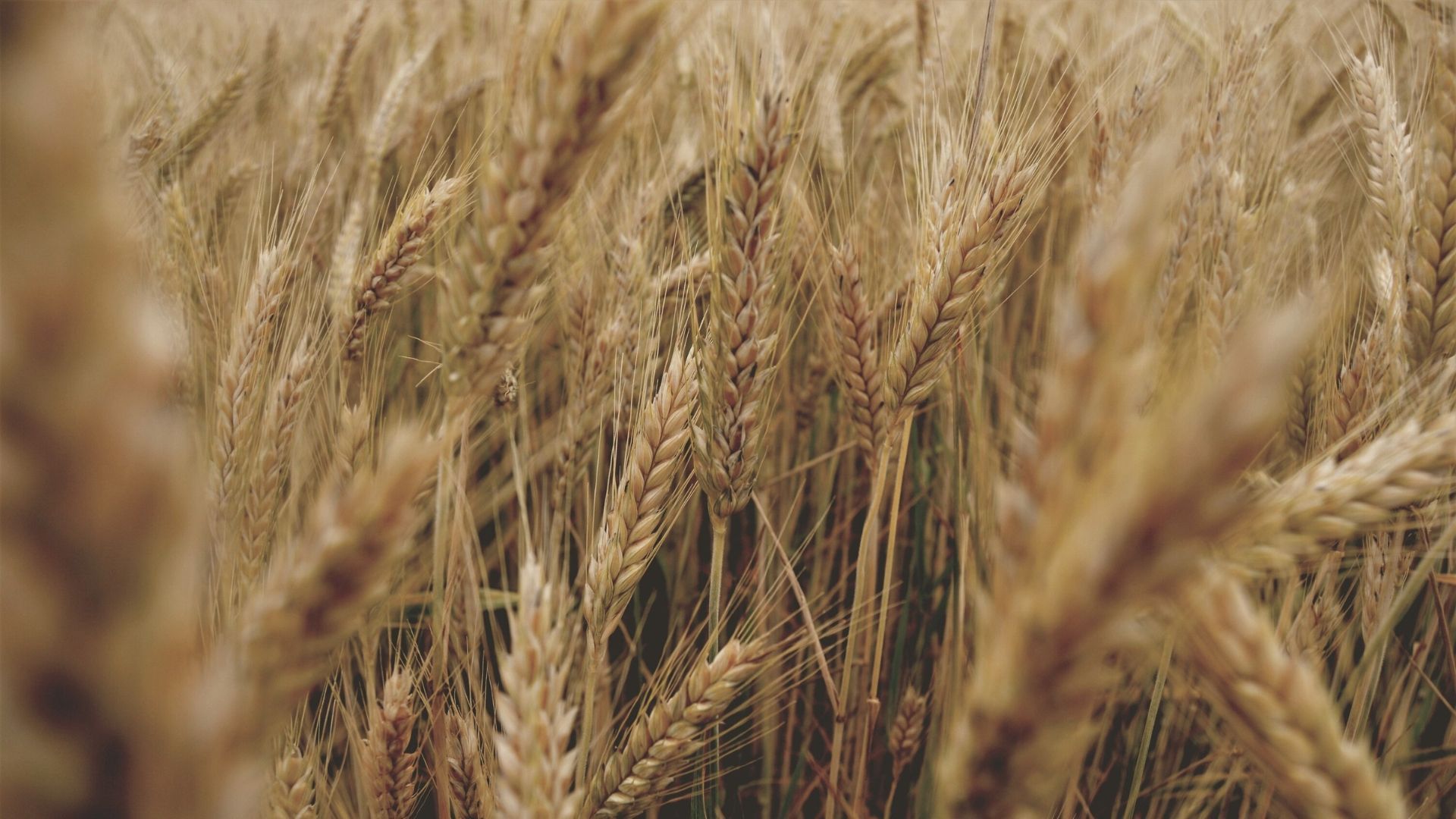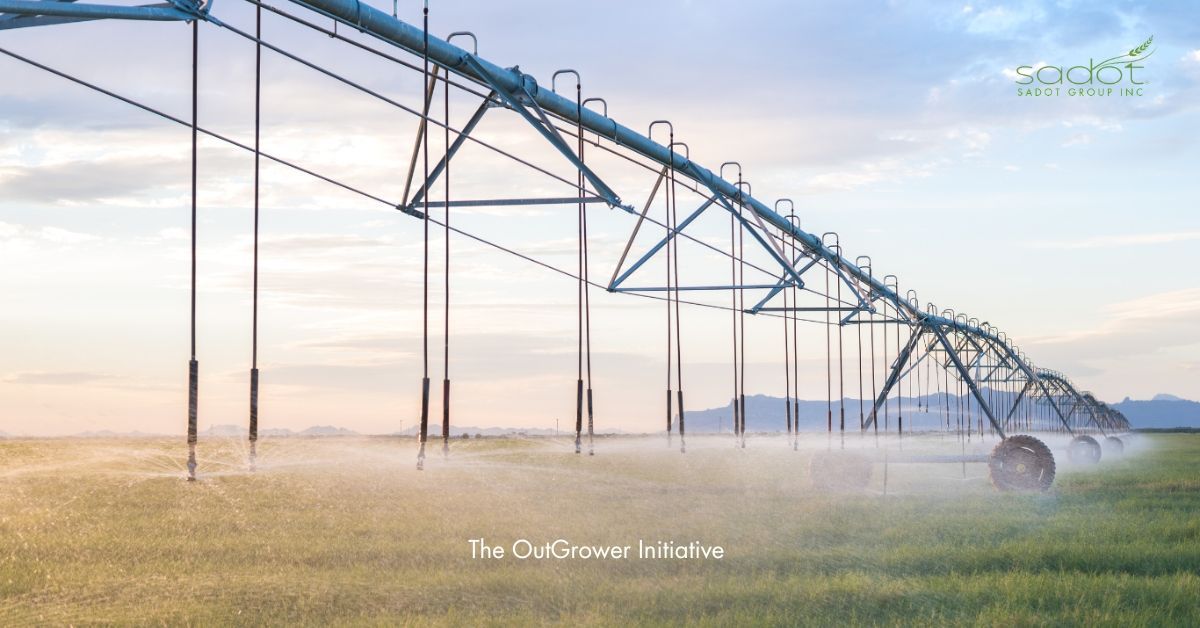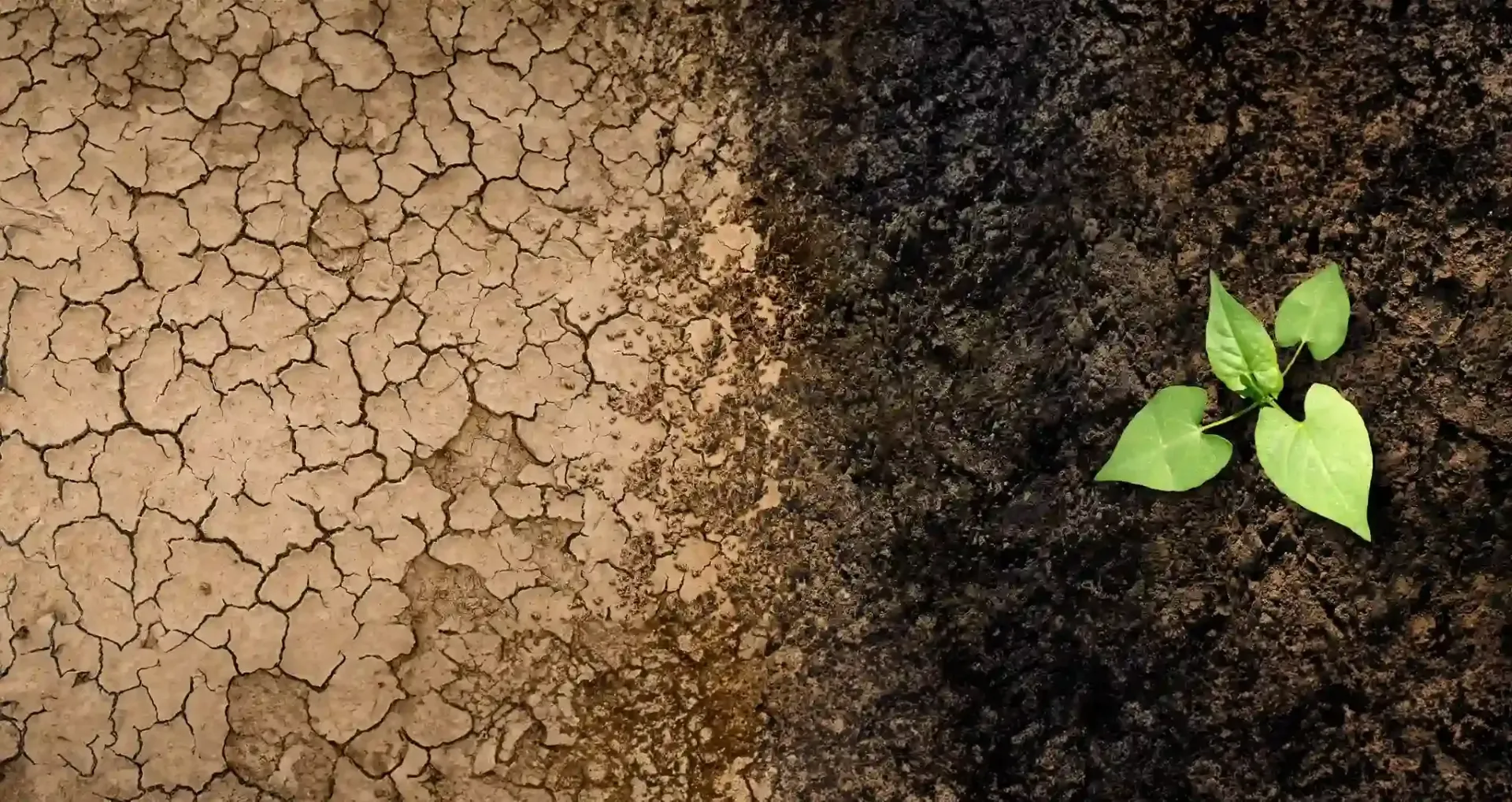Ancient Grains: A Healthier Choice in Wheat Varieties?
In recent years, ancient grains have made a significant comeback as health-conscious consumers seek alternatives to modern wheat. But what exactly are ancient grains, and are they truly a healthier choice? This article explores the nutritional benefits, unique properties, and potential health advantages of ancient grains, helping you decide if they deserve a place in your pantry.
What Are Ancient Grains?
Ancient grains refer to varieties of grains that have remained largely unchanged over the past several centuries. Unlike modern wheat, which has undergone extensive hybridization, ancient grains like spelt, einkorn, emmer, and khorasan wheat have retained their original genetic makeup. These grains were staples in ancient civilizations, used for both sustenance and medicinal purposes.


Ancient grains have gained popularity not only for their historical appeal but also for their perceived health benefits and unique flavors.
Many people choose ancient grains as they are often considered more nutritious and easier to digest than modern wheat varieties.
Nutritional Benefits of Ancient Grains
Higher Nutritional Density
Ancient grains are celebrated for their nutrient-rich profiles. They generally contain more protein, fiber, vitamins, and minerals than their modern wheat counterparts. For example, spelt offers a high concentration of B vitamins, which are essential for energy metabolism, as well as iron and magnesium, which support overall well-being.
Protein and Fiber Content
Both einkorn and emmer wheat are known for their high protein and fiber content. Fiber aids in digestion, helps maintain blood sugar levels, and contributes to heart health. These grains also have a more balanced amino acid profile, making them a valuable protein source, especially for vegetarians and those following a plant-based diet.
Rich in Antioxidants
Ancient grains are a good source of antioxidants, compounds that protect your cells from damage caused by free radicals. Khorasan wheat, also known as Kamut, contains high levels of selenium and zinc, which have been linked to improved immune function and reduced inflammation. These nutrients contribute to overall health and can help protect against chronic diseases such as heart disease and cancer.
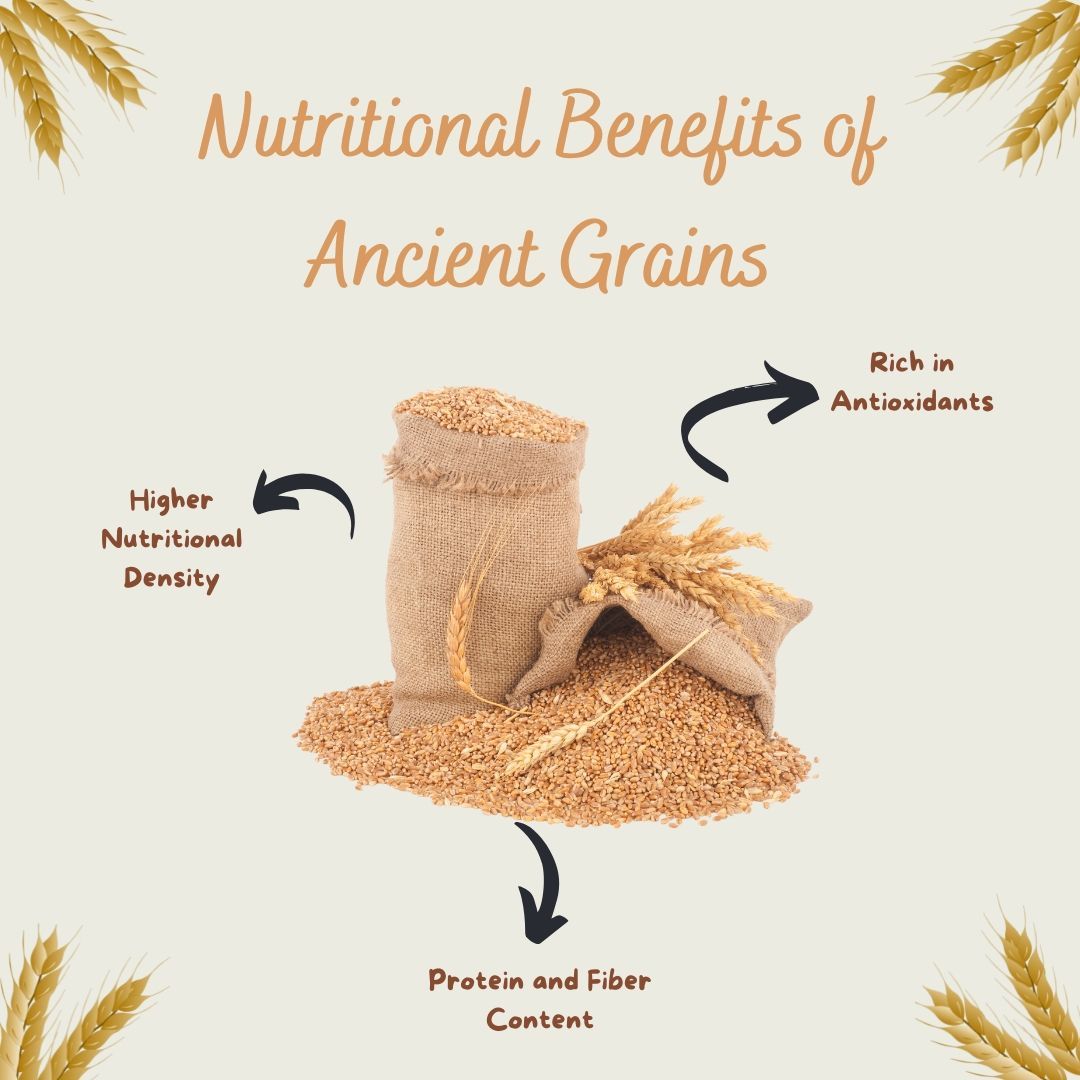
Ancient Grains vs. Modern Wheat: The Health Debate
While modern wheat has been selectively bred for high yields and gluten content, ancient grains offer an alternative for those seeking a more traditional and potentially less allergenic option. Einkorn, for instance, has a simpler gluten structure, which some people find easier to digest. Although ancient grains are not inherently gluten-free, they may cause fewer digestive issues for those with mild sensitivities to gluten.
Moreover, the cultivation of ancient grains often aligns with sustainable farming practices. Because they are hardier and less dependent on synthetic fertilizers and pesticides, ancient grains can be grown more sustainably, contributing to healthier ecosystems.

How to Incorporate Ancient Grains into Your Diet
Ancient grains can be used in various recipes, from bread and pasta to soups and salads.
Here are some popular ways to incorporate them:
● Spelt Flour: Perfect for baking bread, pancakes, and muffins. Its nutty flavor adds depth to baked goods.
● Einkorn Berries: These can be cooked and used as a base for salads, providing a chewy texture and nutty flavor.
● Kamut Pasta: A high-protein alternative to traditional pasta, Kamut pasta is available in most health food stores and
pairs well with tomato-based sauces and vegetables.
● Emmer Wheat: Often used in soups and stews, emmer wheat has a slightly sweet flavor that complements hearty dishes.

When buying ancient grains, look for whole grain options to ensure you’re getting the maximum nutritional benefits. Whole grains retain the bran, germ, and endosperm, which together provide a complete nutrient profile. For more ideas on incorporating ancient grains, explore the Whole Grains Council's recipe collection.
Are Ancient Grains Worth the Hype?
While ancient grains offer a range of nutritional benefits, it’s essential to consider your individual dietary needs and preferences. If you’re looking to diversify your diet, boost your intake of protein, fiber, and antioxidants, or simply enjoy new flavors, ancient grains are an excellent addition to your pantry. However, if you have specific dietary restrictions, such as celiac disease, it’s important to note that most ancient grains contain gluten.
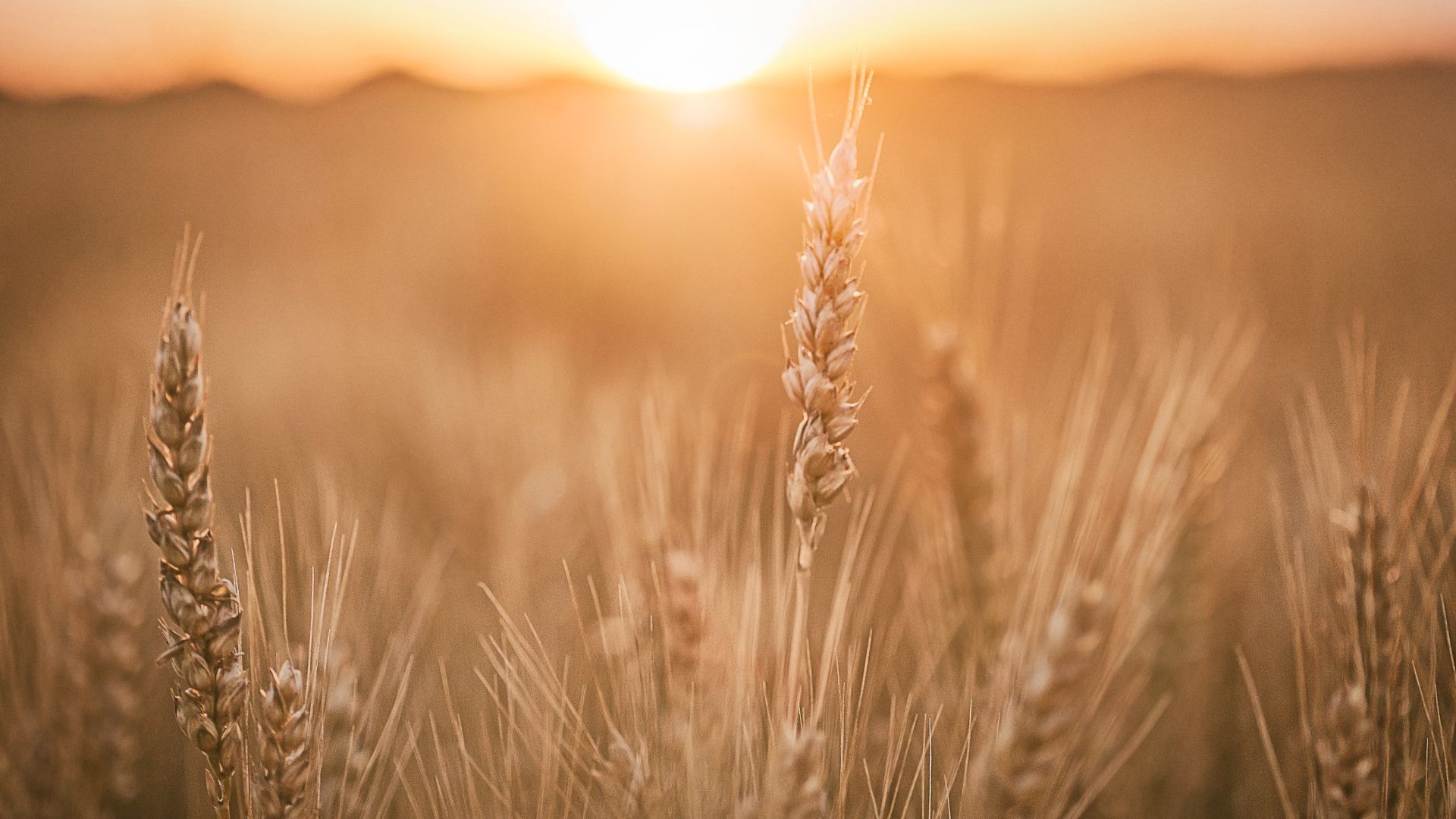
Final Thoughts
Ancient grains bring more than historical significance to the table—they offer unique flavors and nutritional benefits that can complement a balanced diet. While they might not be a one-size-fits-all solution, these grains provide a nutrient-dense alternative to modern wheat varieties. By experimenting with spelt, einkorn, emmer, and other ancient grains, you can enjoy a diverse, health-supportive diet that reflects thousands of years of agricultural heritage.
Join Our Newsletter
And be advised when new content is coming up
News Letter

